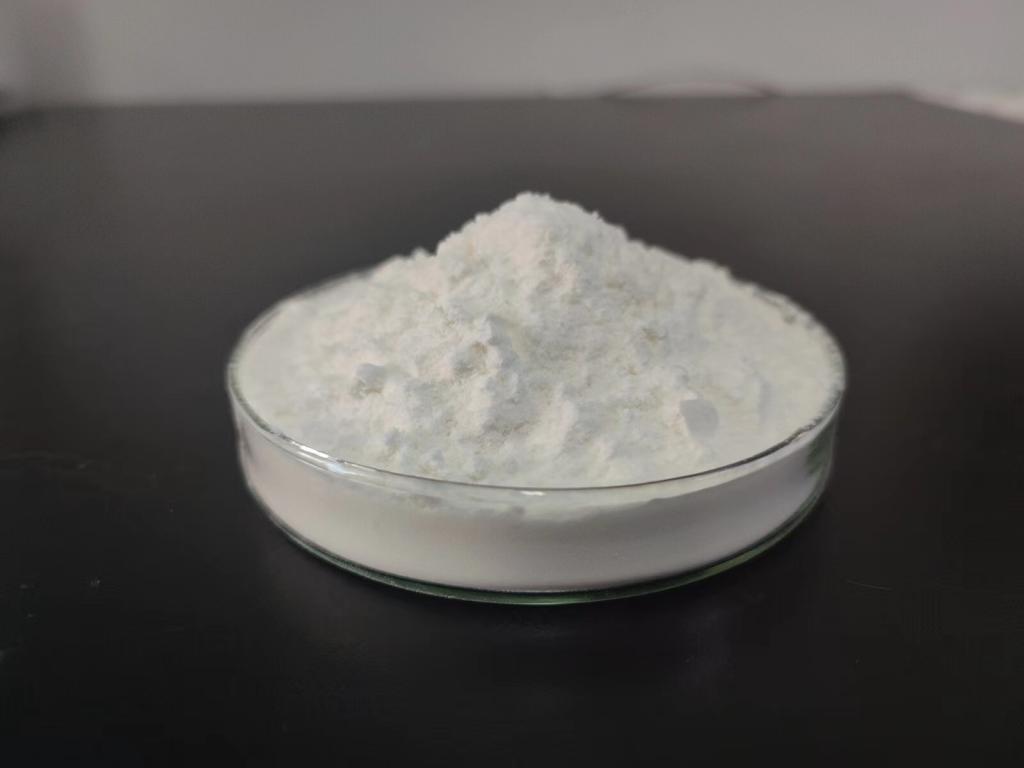Tel:+8618231198596

News
 CONTACT
CONTACT
 CONTACT
CONTACT
- Linkman:Linda Yao
- Tel: +8618231198596
- Email:linda.yao@dcpharma.cn
- Linkman:CHARLES.WANG
- Department:Overseas
- Tel: 0086 0311-85537378 0086 0311-85539701
News
ε-Polylysine Hydrochloride and the Microbiome: A Holistic Approach to Digestive Wellness
TIME:2023-12-29
I. Introduction: Unveiling the Microbial Universe Within
Microbiome and Digestive Wellness
The microbiome, comprising trillions of microorganisms residing in the human gut, is a dynamic ecosystem with profound implications for digestive wellness. Maintaining a balanced and diverse microbiome is essential for nutrient absorption, immune function, and the prevention of digestive disorders.
Challenges to Digestive Wellness
Modern lifestyles, including dietary habits, stress, and the use of antibiotics, can disrupt the delicate balance of the microbiome, leading to dysbiosis and various digestive issues. As awareness of the microbiome's significance grows, novel approaches, such as ε-polylysine hydrochloride, are explored to support digestive health.
II. Understanding ε-Polylysine Hydrochloride: Antimicrobial Warrior with Prebiotic Potential
Overview of ε-Polylysine Hydrochloride
Derived from the bacterium Streptomyces albulus, ε-polylysine hydrochloride is renowned for its antimicrobial properties. Its cationic nature allows it to interact with microbial cell membranes, disrupting their structure. Beyond its antimicrobial role, emerging research suggests that ε-polylysine may exhibit prebiotic-like activities, influencing the composition and functionality of the microbiome.
Antimicrobial Action and Microbial Balance
The antimicrobial properties of ε-polylysine hydrochloride make it a potent tool against harmful bacteria and fungi in the gut. By selectively targeting pathogenic microbes, ε-polylysine may contribute to maintaining a balanced microbial community in the digestive tract.
III. ε-Polylysine and Gut Pathogens: A Targeted Approach
Control of Pathogenic Bacteria
Clostridium difficile: Research indicates that ε-polylysine may inhibit the growth of Clostridium difficile, a notorious pathogen associated with antibiotic-associated diarrhea and colitis.
Escherichia coli (E. coli): The antimicrobial action of ε-polylysine extends to pathogenic strains of E. coli, showcasing its potential in preventing gastrointestinal infections.
Fungal Infections in the Gut
Beyond bacteria, ε-polylysine hydrochloride has demonstrated efficacy against common fungal pathogens such as Candida albicans. Controlling fungal overgrowth is crucial for maintaining a healthy gut environment.
IV. Prebiotic-Like Potential: Nurturing Beneficial Microorganisms
ε-Polylysine as a Substrate for Beneficial Bacteria
Emerging studies suggest that ε-polylysine may act as a substrate for beneficial bacteria in the gut. This prebiotic-like potential involves providing a nourishing environment for the growth and activity of probiotic strains, fostering a symbiotic relationship.
Influence on Short-Chain Fatty Acid Production
The fermentation of ε-polylysine by gut bacteria may contribute to the production of short-chain fatty acids (SCFAs). SCFAs play a crucial role in maintaining gut health by providing an energy source for intestinal cells and influencing immune regulation.
V. Potential Applications in Gastrointestinal Disorders
Inflammatory Bowel Disease (IBD) Management
The dysregulation of the gut microbiome is implicated in inflammatory bowel diseases such as Crohn's disease and ulcerative colitis. ε-Polylysine hydrochloride's dual action, targeting pathogens and supporting beneficial bacteria, suggests potential applications in managing IBD-related dysbiosis.
Irritable Bowel Syndrome (IBS) and Microbial Imbalance
Research exploring the role of the microbiome in irritable bowel syndrome highlights the potential of ε-polylysine in addressing microbial imbalances associated with IBS symptoms. Its antimicrobial and prebiotic-like properties may offer a multifaceted approach to IBS management.
VI. Holistic Impact on Digestive Wellness: Beyond Antimicrobial Action
Immune Modulation and Gut-Associated Lymphoid Tissue (GALT)
The gut is a key player in immune function, housing a significant portion of the body's immune cells in the gut-associated lymphoid tissue (GALT). ε-Polylysine hydrochloride's influence on the microbiome may extend to immune modulation, contributing to a well-regulated and responsive immune system.
Impact on Nutrient Absorption and Metabolism
A balanced microbiome is essential for optimal nutrient absorption and metabolism. ε-Polylysine's potential to maintain microbial balance may indirectly support these processes, contributing to overall digestive wellness.
VII. Considerations in Human Clinical Trials: Evidentiary Support
Human Studies and Safety Profile
As ε-polylysine hydrochloride's potential in digestive wellness gains attention, human clinical trials are essential to validate its efficacy and safety. Rigorous studies assessing its impact on the microbiome, digestive function, and overall well-being are crucial for establishing evidentiary support.
Dosage and Administration Considerations
Determining the optimal dosage and administration protocols for ε-polylysine hydrochloride in promoting digestive wellness requires careful consideration. Factors such as individual variability in the microbiome and potential interactions with other dietary components should be explored in clinical settings.
VIII. Future Directions: Unraveling the Full Potential of ε-Polylysine in Digestive Health
Precision Medicine Approaches
The application of precision medicine approaches, considering individual variations in the microbiome, genetics, and lifestyle, may uncover personalized strategies for utilizing ε-polylysine hydrochloride in promoting digestive wellness. Tailored interventions could maximize its benefits while minimizing potential risks.
Combination Therapies and Synergistic Approaches
Exploring combination therapies involving ε-polylysine and other compounds, probiotics, or dietary interventions may offer synergistic effects for comprehensive digestive health support. Collaborative research into multifaceted approaches holds promise for addressing the complex nature of digestive disorders.
IX. Conclusion: ε-Polylysine Hydrochloride's Role in Nurturing Digestive Harmony
In the intricate landscape of digestive wellness, ε-polylysine hydrochloride emerges as a multifaceted player, wielding both antimicrobial prowess and potential prebiotic-like activities. From laboratory discoveries to applications in gastrointestinal disorders, its journey reflects a holistic approach to nurturing the microbiome. As research advances and clinical evidence accumulates, ε-polylysine's role in digestive harmony promises to unfold, offering a natural and innovative avenue for supporting the delicate balance within the gut. The holistic impact of ε-polylysine hydrochloride on digestive wellness underscores its potential as a valuable ally in promoting a resilient and thriving microbiome.
- Tel:+8618231198596
- Whatsapp:18231198596
- Chat With Skype







